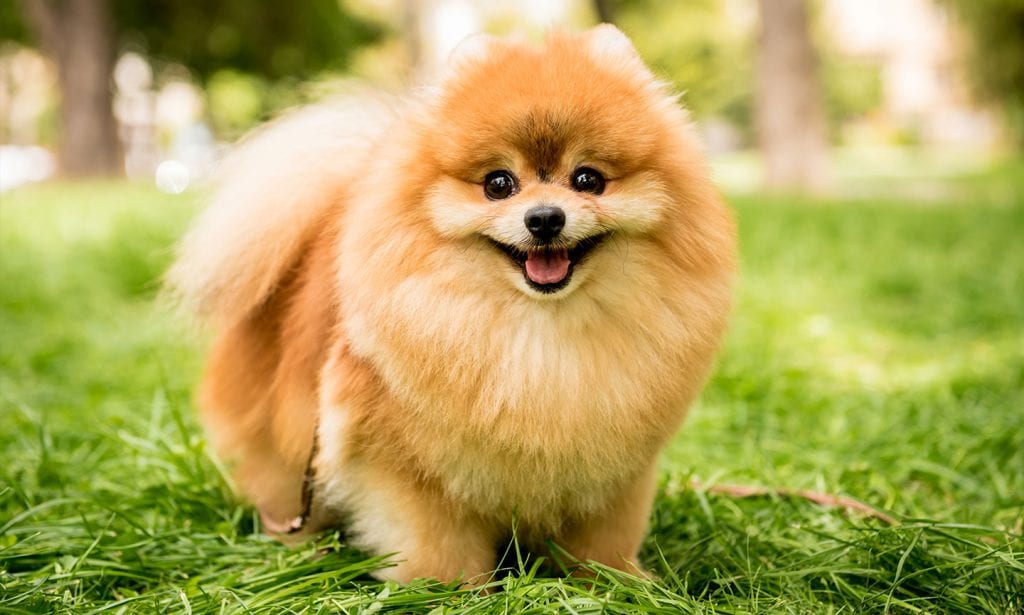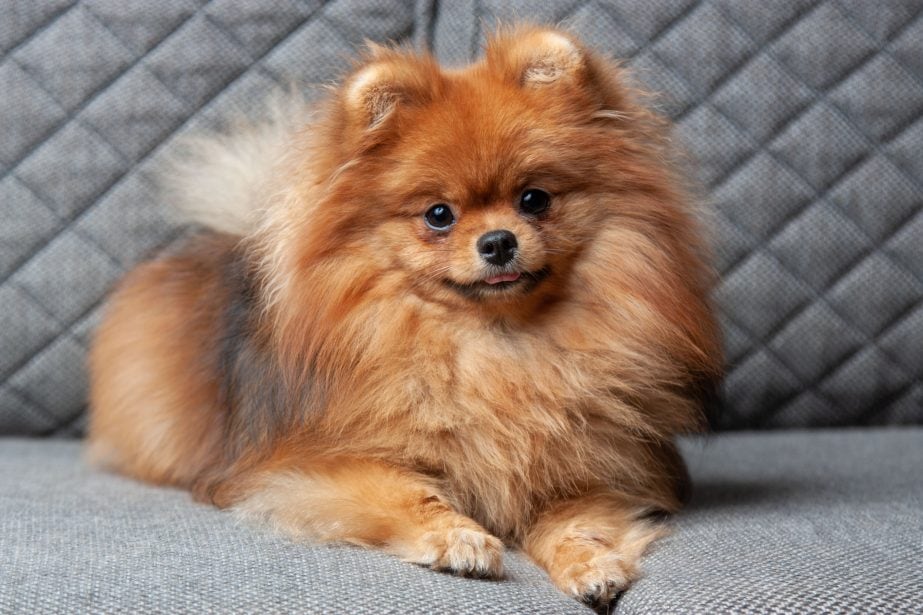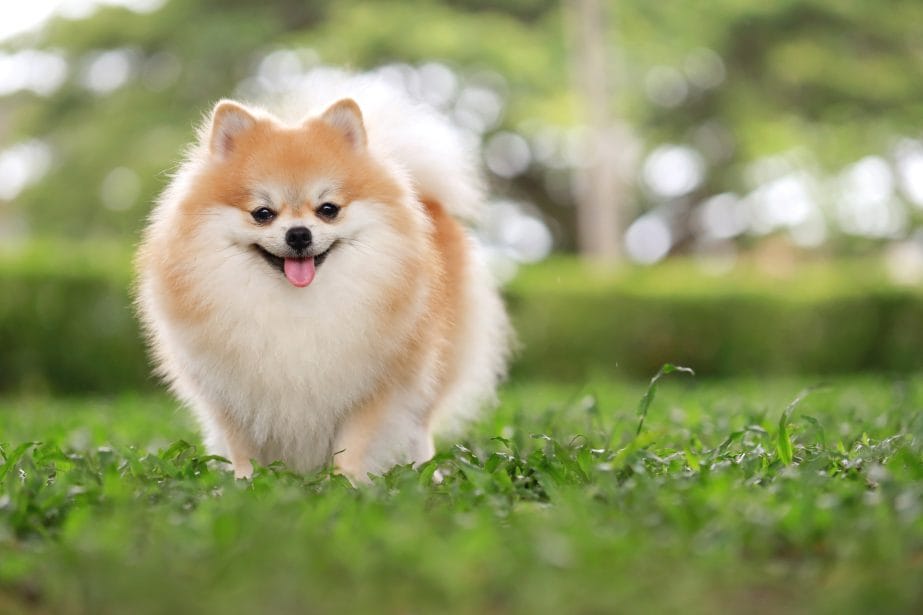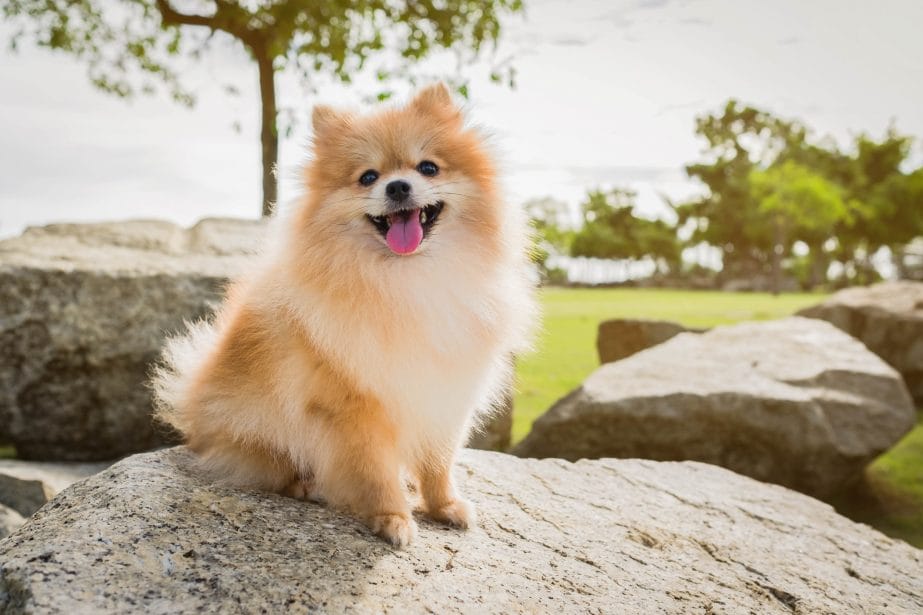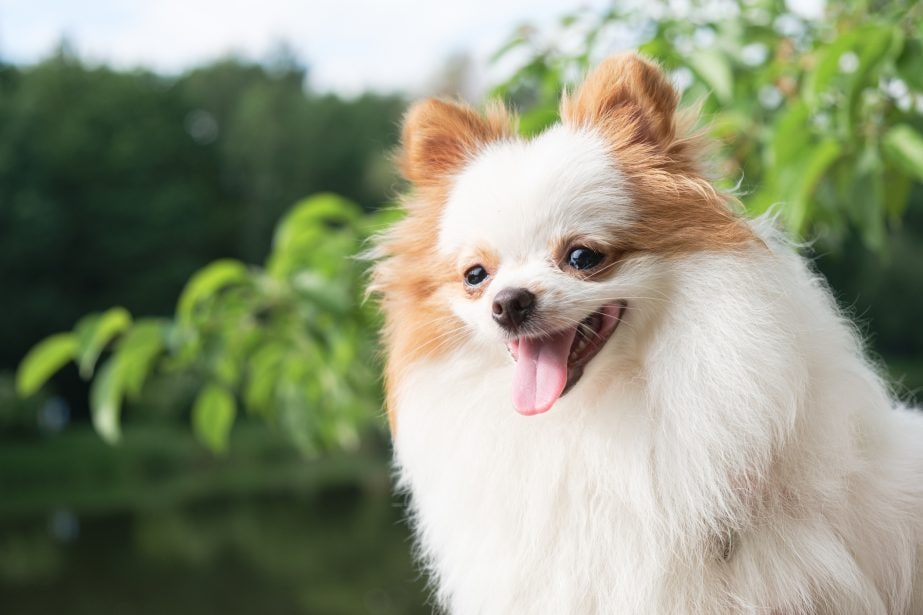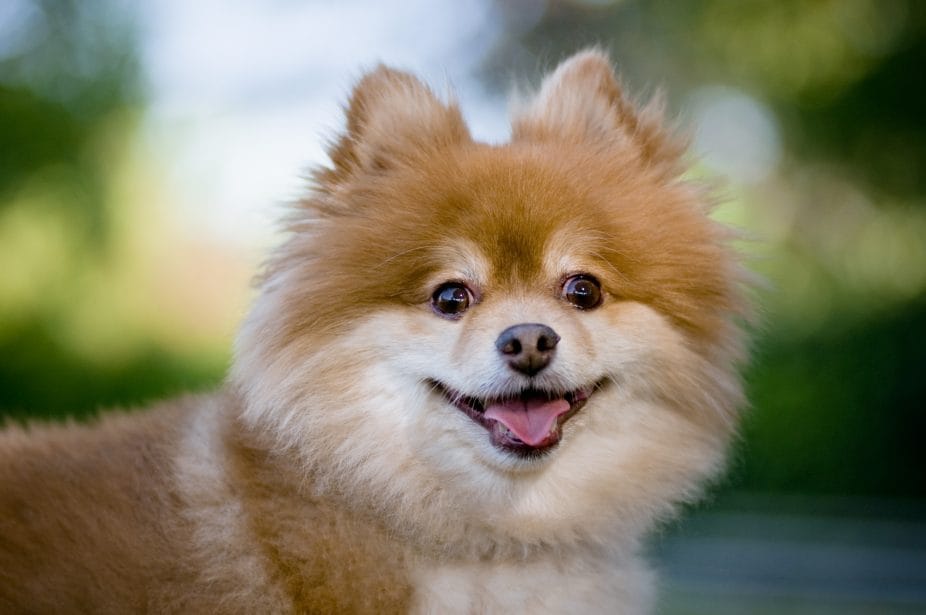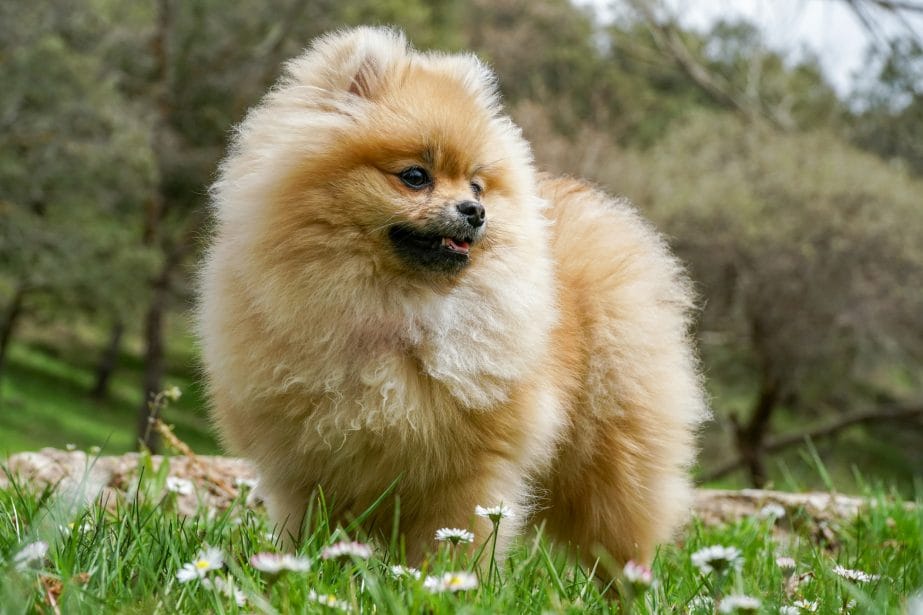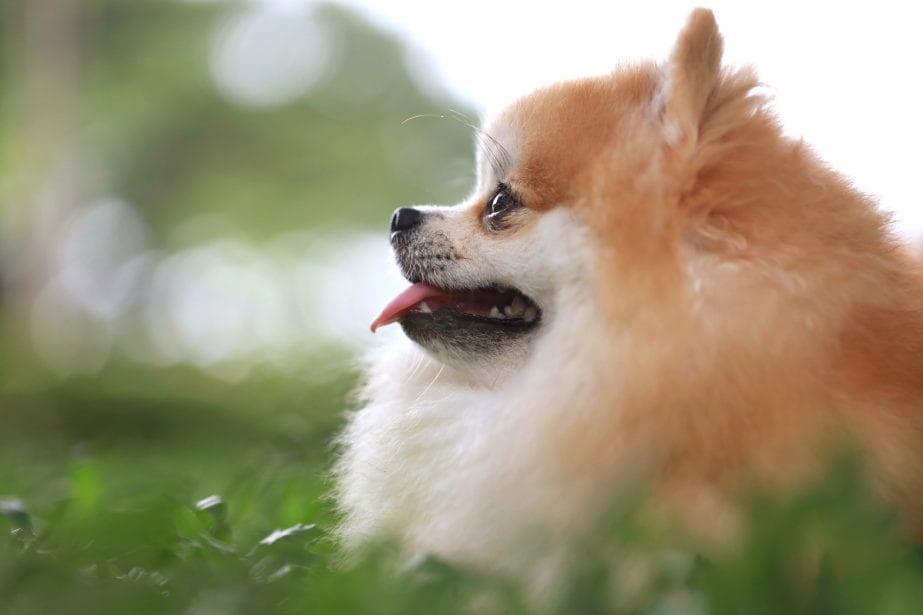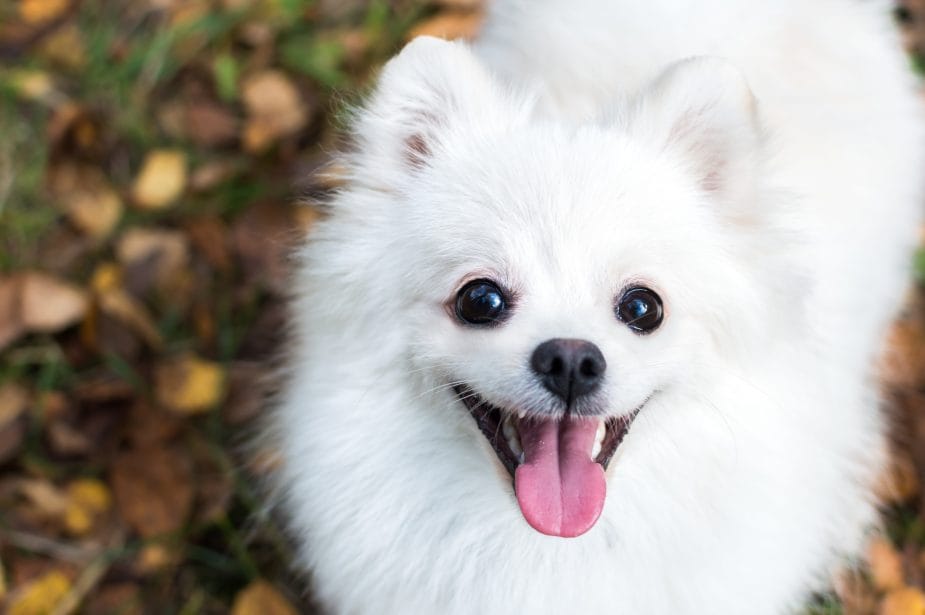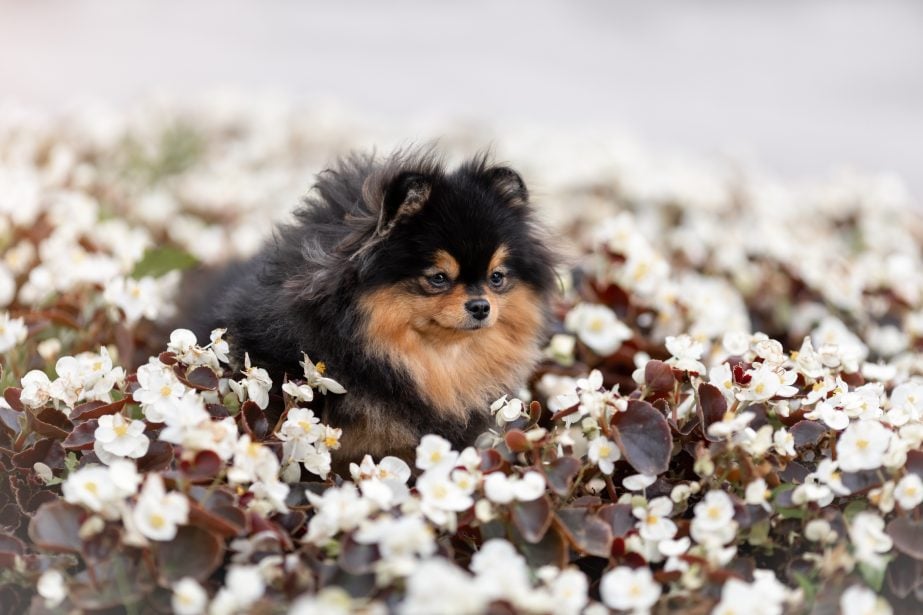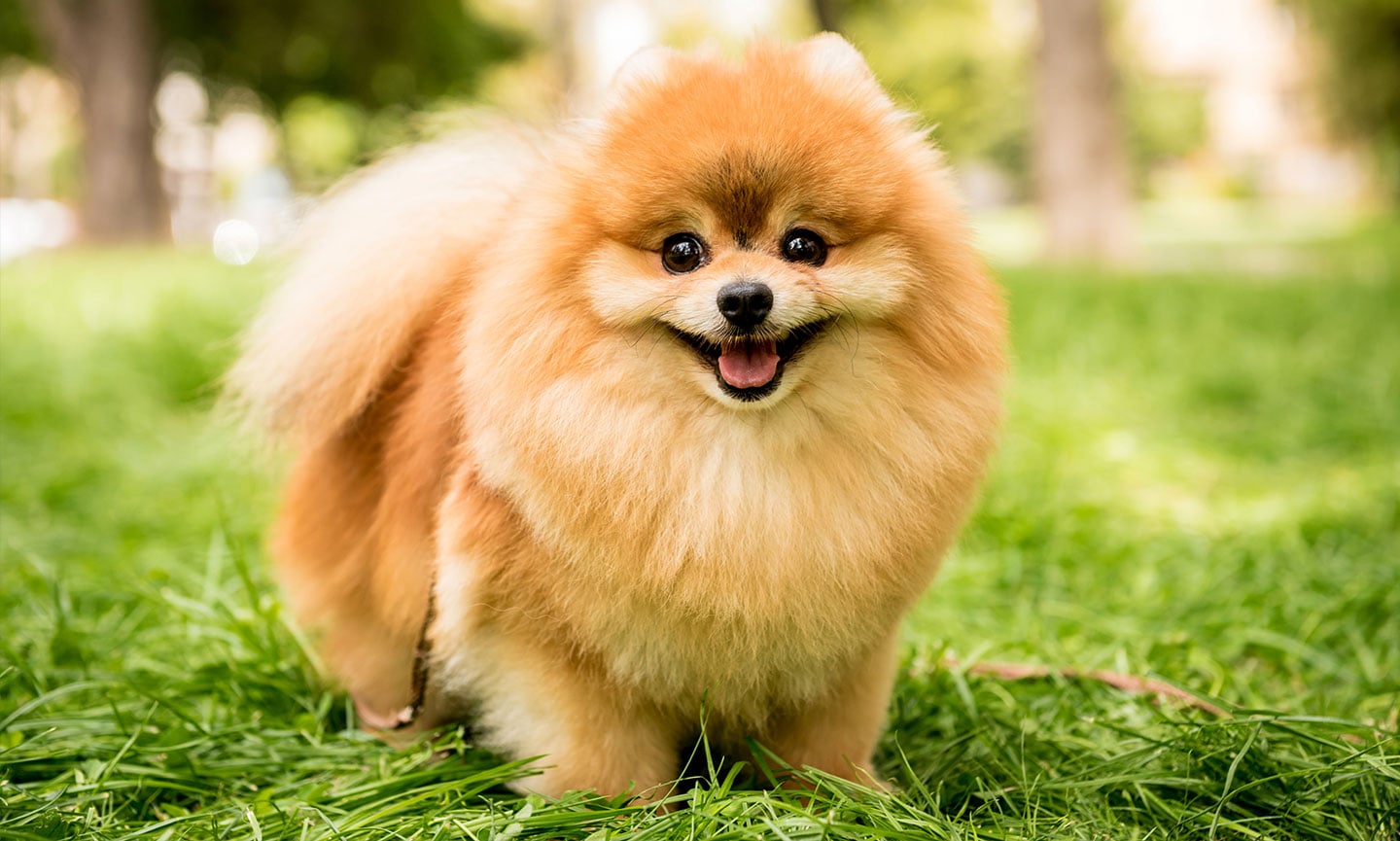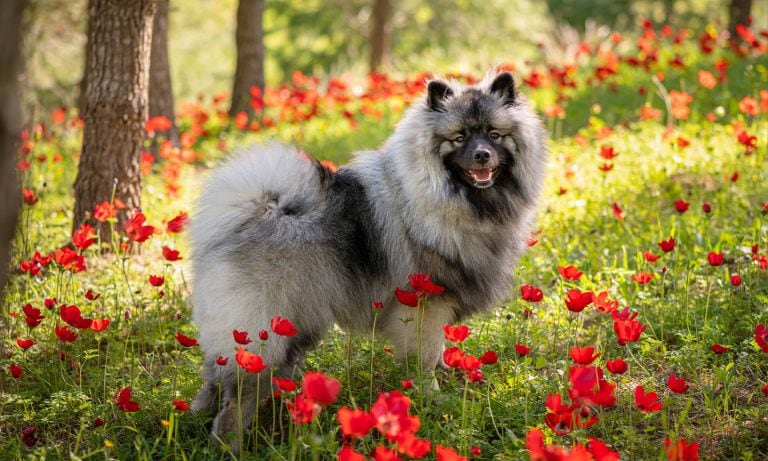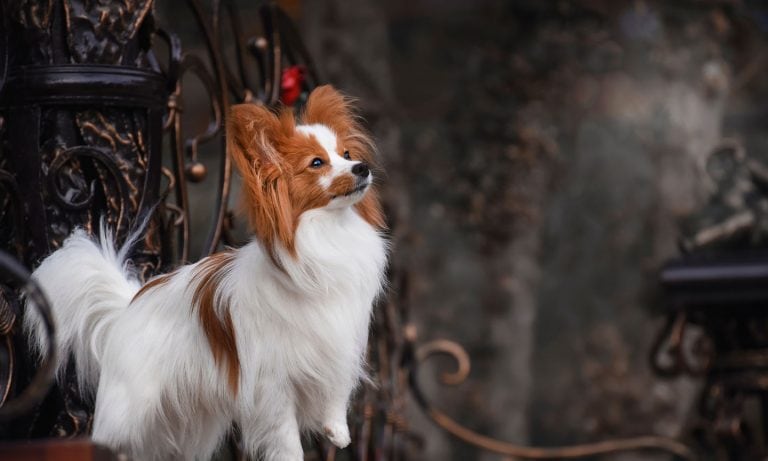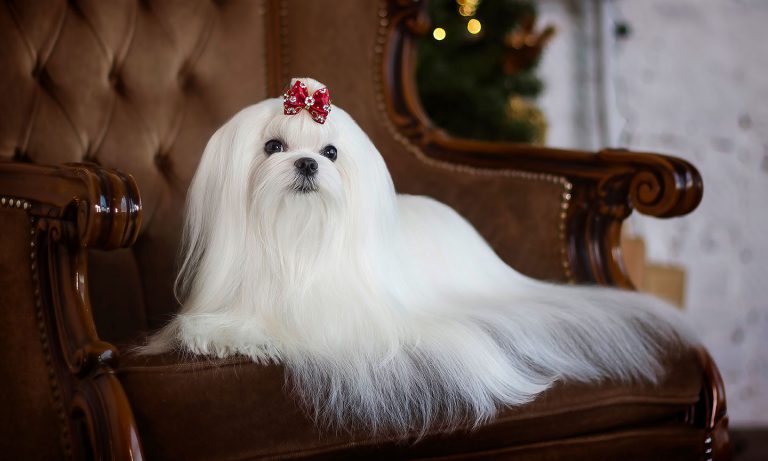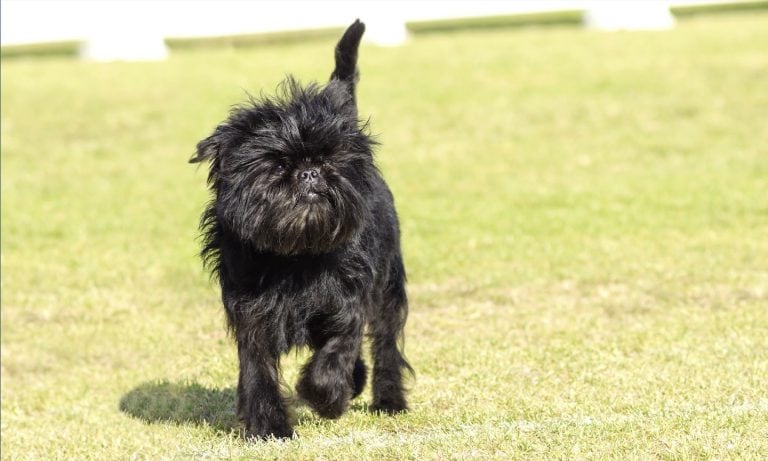Smart yet sassy, the Pomeranian is a member of the Toy dog group due to their diminutive size, but don’t be fooled by their cute, fluffy appearance—Poms pack a bigger dog’s swagger into their tiny frames. These plucky pups are active, inquisitive and love to put on a show. Be prepared to get many compliments on their outgoing personality and lion-like mane. With a Pom, the whole world is their stage, and you’re their biggest fan.
Breed Snapshot
Temperament:
ActiveLivelyHighly IntelligentCoat Color:
RedOrangeCreamSableBlackBrownBlue
Best For
Cuddly and compact, Pomeranians thrive on attention and play. With a vibrant personality and moderate exercise needs, these affectionate companions are perfect for anyone seeking a lively companion who flourishes with love and quality time together.
Pomeranian Temperament
Happy-go-lucky is a Pomeranian’s middle name, as their personality is equal parts friendly and inquisitive. They live for social interactions and to make their pet parents laugh out loud.
If you have kids at your house, you’ll be glad to learn that aggressiveness isn’t typically in this dog’s nature. Pomeranians aren’t known to be biters, although any dog may snap if provoked. So, teach children to handle dogs with care, and keep a close eye on toddlers and preschoolers who may accidentally drop or clutch this fluffy furball too tightly—it’s easy to mistake a tiny Pomeranian for a favorite stuffed animal. Still, this breed is known to be rather compatible with their extended family, whether it includes other dogs, cats or children.
Not only do they have the looks, but also the smarts. Poms have competency in spades and they’re adept at picking up fun new tricks. If you’re hoping to try obedience classes with your Pomeranian, this breed is keenly intelligent and likely to get good grades!
Not surprisingly, the Pomeranian excels at jobs such as work as a therapy dog and is also known to make a fine watchdog since they’re not afraid to bark. And if looking absolutely adorable is considered a type of employment, then a Pom fills this requirement too—and you should hire this fur baby, pronto!
Pomeranians are sometimes described as cocky, which likely refers to their proud gait and bouncy personality. Smart, perky and alert to everything around them, the Pomeranian breed’s generally positive temperament makes them worthy of top-dog status in many types of families.
How to Care for a Pomeranian
Pomeranians may look high maintenance, but there’s more to them than a fluffy fur coat. Poms are super smart and will enjoy learning new skills. They’re also active little pups, but it’s easy to get their exercise in—even in your own home. (After all, they have really short legs!)
Pomeranian Health
The good news is that Pomeranians are generally healthy canines, though, like any breed, they have some health problems related to their tiny bodies that potential pet parents should learn about. Here’s more on the specifics:
- Patellar Luxation: Patellar luxation, which is when the kneecap pops out of place, can be painful, causing your Pom to limp or develop arthritis. In severe cases, surgery may be needed to correct this issue.
- Collapsing Tracheas: Collapsing trachea occurs when the rings of the trachea are weak and can flatten in a way that interferes with breathing. Symptoms range from mild goose honking cough to severe respiratory distress. If your pup suffers from collapsing trachea, a harness will be better than a traditional neck collar so as not to put pressure on the trachea when walking. Treatment can range from lifestyle changes such as weight management to medication for cough to surgery depending on the severity.
- Hypothyroidism: Hypothyroidism is also very common in Poms and can include such signs as lethargy, hair thinning, a dry coat and an increase in weight without necessarily eating more kibble. A vet can run a blood test to diagnosis this issue and it can typically be regulated with medications.
- Hypoglycemia: This condition of low blood sugar is seen in very small or very active Poms. You would notice your dog acting weak, sleepy, drunk, trembly and possibly having seizures. Keeping your puppy fed on a regular schedule helps prevent this issue, and most pups outgrow it as they mature.
- Hip Issues: The two hip concerns that can develop in Pomeranians are Legg-Calve-Perthes disease and hip dysplasia, both of which occur when the ball and socket of this joint don’t develop and grow properly. Depending on the severity, surgery may be needed.
- Eye Problems: Pomeranians can occasionally exhibit eye problems, such as cataracts (cloudiness in the eye’s lens) and entropion, a condition that causes the eyelids to roll inward. These may be genetic and can be diagnosed and treated by a veterinary ophthalmologist, possibly with surgery.
- Hair loss: Alas, this breed’s luxurious locks may be affected by Severe Hair Loss Syndrome or Pomeranian alopecia. Also known as Alopecia X or Black Skin Disease, it’s mostly seen in male Poms. There is no genetic screening test, but it is hereditary so affected dogs should not be bred.
Pomeranian History
The Pomeranian origin has European roots and was named for a region called Pomerania in today’s Poland and Germany. Poms are actually related to the breed of larger sled-pulling Spitz dogs, characterized by their pointy ears, thick coats and a big tail that curves along the back. While Poms can trace their lineage to sled dogs in Iceland, the breed has officially retired from this cold-weather position. Still, you can imagine how their fluffy fur and outer coats would fit in nicely near the Arctic circle.
The British are big fans of Poms, thanks to the prominence the breed gained after Queen Victoria of England spied this pup while on a trip to Italy. She returned home with Poms in her bags and proceeded to breed and show the dogs for many years. In fact, it’s Queen Victoria who was largely responsible for the tiny size we associate with Poms today. Once a midsize dog of 30 pounds, Pomeranians now sit side by side with Chihuahuas and Maltese as one of the smallest breeds.
Pomeranians came to the United States in 1892 and are among the oldest of recognized American Kennel Club breeds, gaining the AKC distinction in 1888. In 1911, the American Pomeranian Club hosted its first specialty show—just for Poms!
So, where is the best place to find Pomeranian puppies today? Check this list of reputable Pomeranian breeders on the American Kennel Club’s website. As for the average Pomeranian price, depending on the breeder, you might spend between $500 to $1,500 for a pup. But for that, you usually get a dog who’s screened for health and temperament issues, and they might even come with pedigree papers. You can also reach out to a Pom rescue organization to adopt a POm, keep an eye out for the breed at your local animal shelter, or search Chewy’s database of adoptable dogs in your area.
FAQs
Are Pomeranians hypoallergenic?
Unfortunately, no, Pomeranians aren’t hypoallergenic. While it might seem like a Pom’s heavy coat would cause allergy symptoms, this breed isn’t a heavy fur shedder when compared to others. Yet this dog type does shed dander or dead skin cells, which, along with saliva and urine, can trigger allergies in some people.
Are Pomeranians smart dogs?
Yes, Pomeranians are smart dogs. They’re known for their great intelligence and trainability as they’re able to learn new skills and engage playfully with their pet parents. As watchdogs, Pomeranians step into the role of “alarm dog” quite nicely, making them smart additions to homes in both the city and country.
Do Pomeranians bark a lot?
Yes, Pomeranians tend to bark a lot. These little dogs make themselves known with the bark, whether there’s a knocking at the door or something surprising or startling has happened. If your apartment house or condo association has a quiet zone or clause, it might be wise to rethink a Pom.
What are the most common Pomeranian mixes?
- Pomeranian-Husky mix (Pomsky or Pomski)
- Pomeranian-Chihuahua mix (Pomchi)
- Pomeranian-Shih Tzu mix (Shiranian or Shih-Pom)
- Pomeranian-Yorkie mix (Yoranian or Yorkie-Pom)
- Pomeranian-Corgi mix (Corgipom)
- Pomeranian-Poodle mix (Pomapoo)
- Pomeranian-Maltese mix (Maltipom)
- Pomeranian-American Eskimo mix (Pomimo)
- Pomeranian-Australian Shepherd mix (Aussiepom)
- Pomeranian-Pug mix (Pom-a-pug)
Note: These are not purebred dogs but mixed breeds.
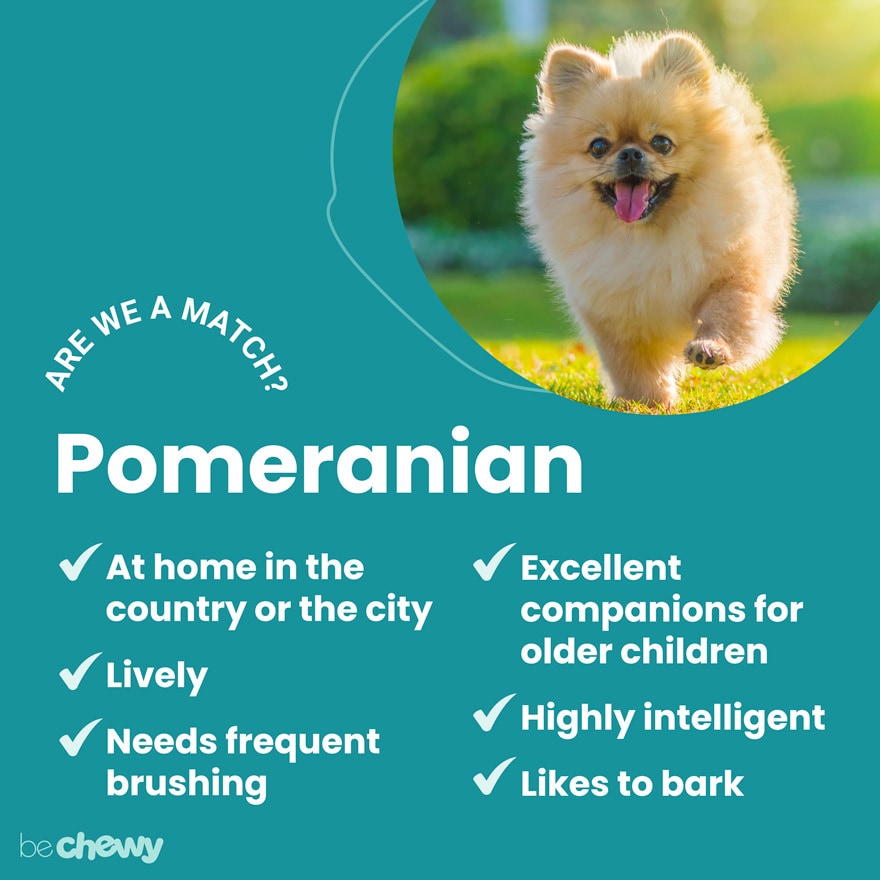
Top Takeaways
Pomeranians are tiny lap dogs with a big heart and an even bigger personality. Active and curious, this breed enjoys a good bark, a nice walk and regular brushing. But most of all, a Pom is for you if you’re down to play—and snuggle that sweet lil’ foxy face.
Make Life More Fun with Your Pomeranian:
Essential Guide to Basic Training for Dogs
How to Stop Your Puppy from Biting
Expert input provided by veterinarian Jerry Klein, DVM and certified animal behaviorist, Dr. Mary Burch.
Breed characteristic ratings provided by veterinarian Dr. Sarah J. Wooten, DVM, CVJ, a veterinarian at Sheep Draw Veterinary Hospital in Greeley, Colorado; dog trainer and behavior consultant Irith Bloom, CPDT-KSA, CBCC-KA, CDBC, owner of The Sophisticated Dog, LLC, in Los Angeles; and certified animal behavior consultant Amy Shojai, CABC, in Sherman, Texas.
The health content was medically reviewed by Chewy vets.

Search for Adoptable Pomeranians Near You
Female Names
- Luna
- Bella
- Coco
- Chloe
- Daisy
- Lola
- Zoey
- Mia
- Lucy
- Roxy
Male Names
- Teddy
- Bear
- Milo
- Leo
- Max
- Simba
- Gizmo
- Loki
- Koda
- Coco
Share:
